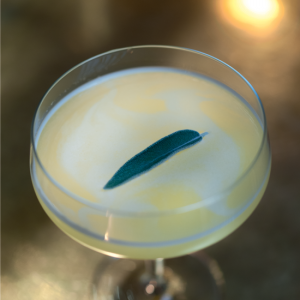
Ingredients
|
* I used cachaca b/c I thought it was rum that was made with sugar instead of molasses. Turns out I was a little off. It’s a little more like tequila. I made it luight b/c of the worry.
The major difference between cachaça and rum is that rum is usually made from molasses, a by-product from refineries that boil the cane juice to extract as much sugar crystal as possible, while cachaça is made from fresh sugarcane juice that is fermented and distilled.
The chunks of watermelon were off putting. The flavor was good. Next time I’ll probably blend the watermelon and just middle the mint
Instructions
Set out 8 tall 12-ounce glasses. Into each glass strip off the leaves from a single sprig of mint—you’ll need about 10 leaves for each drink—and top with 1/2 cup watermelon cubes. Divide the Simple Syrup among the glasses (1 tablespoon – 1/2 ounce per glass). Use a muddler (or the handle of a wooden spoon or a long-handle ice tea spoon—though neither is anywhere near as effective) to crush the mint and watermelon, releasing their flavor into the syrup—the more muddling, the fuller the flavors. Fill each glass with ice. Measure in the rum (1/4 cup – 2 ounces per glass) and the lime juice (1 tablespoon – 1/2 ounce per glass). Use a long-handle ice tea spoon to mix everything together. Top off each glass with a little sparkling water or soda and you’re ready to serve.



